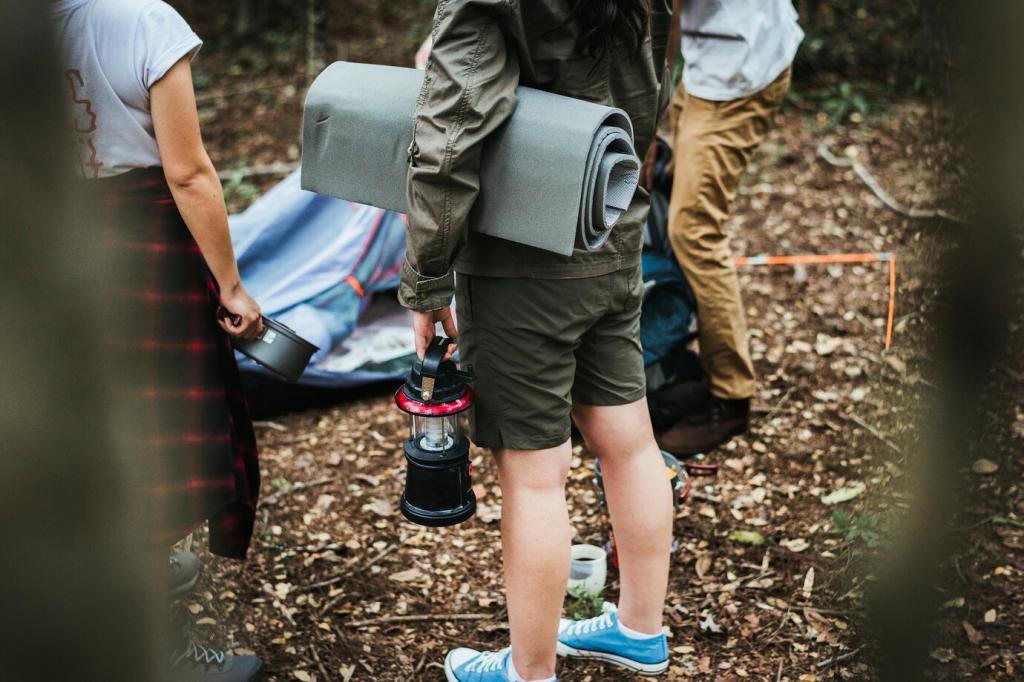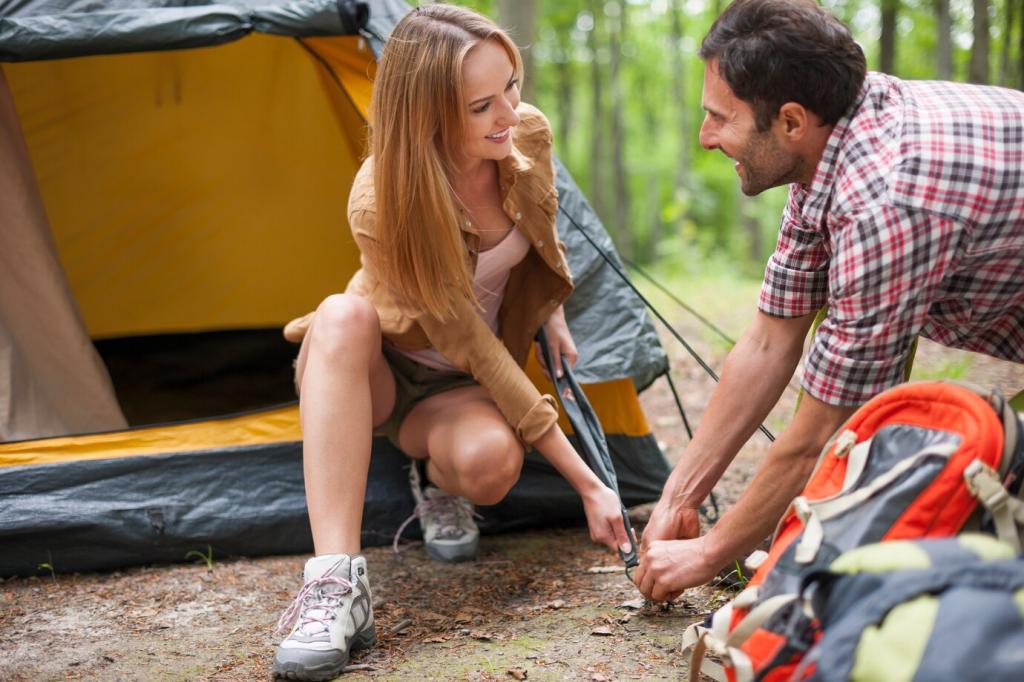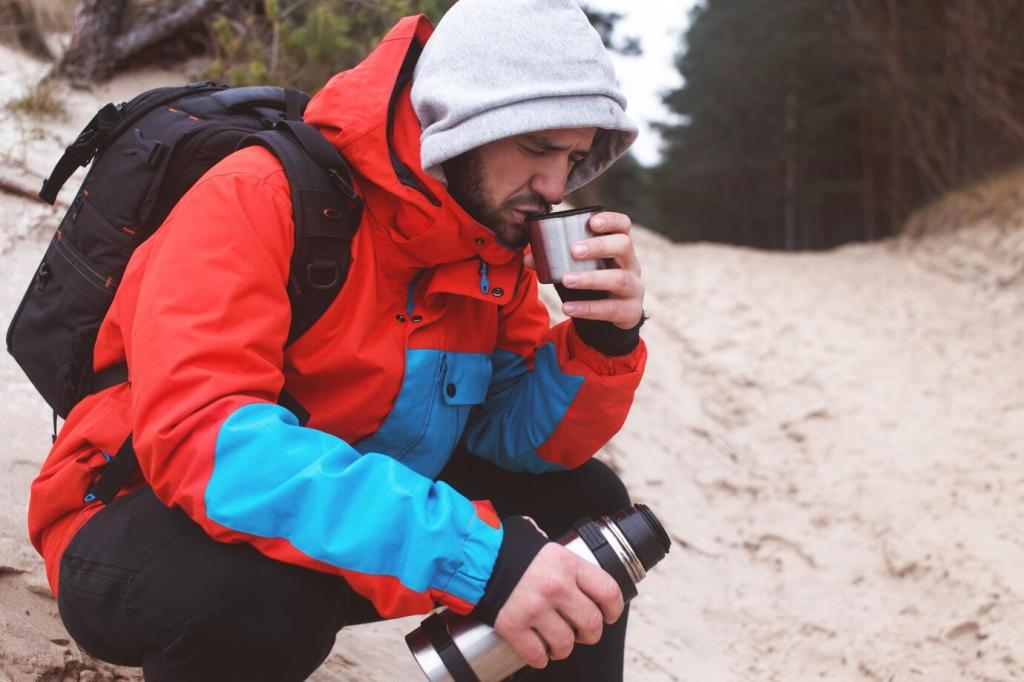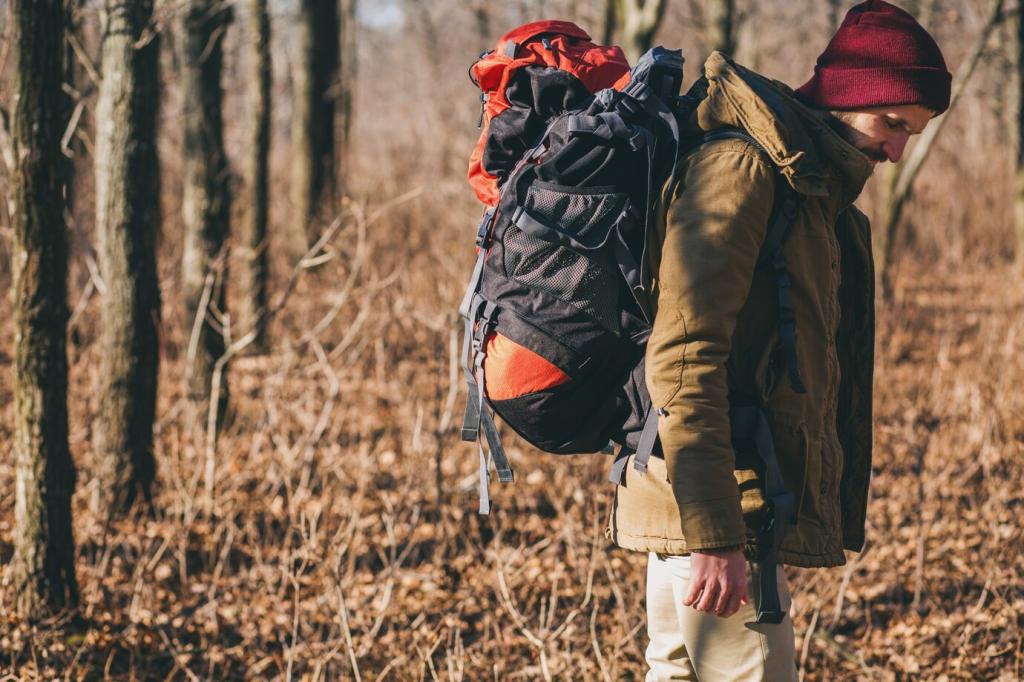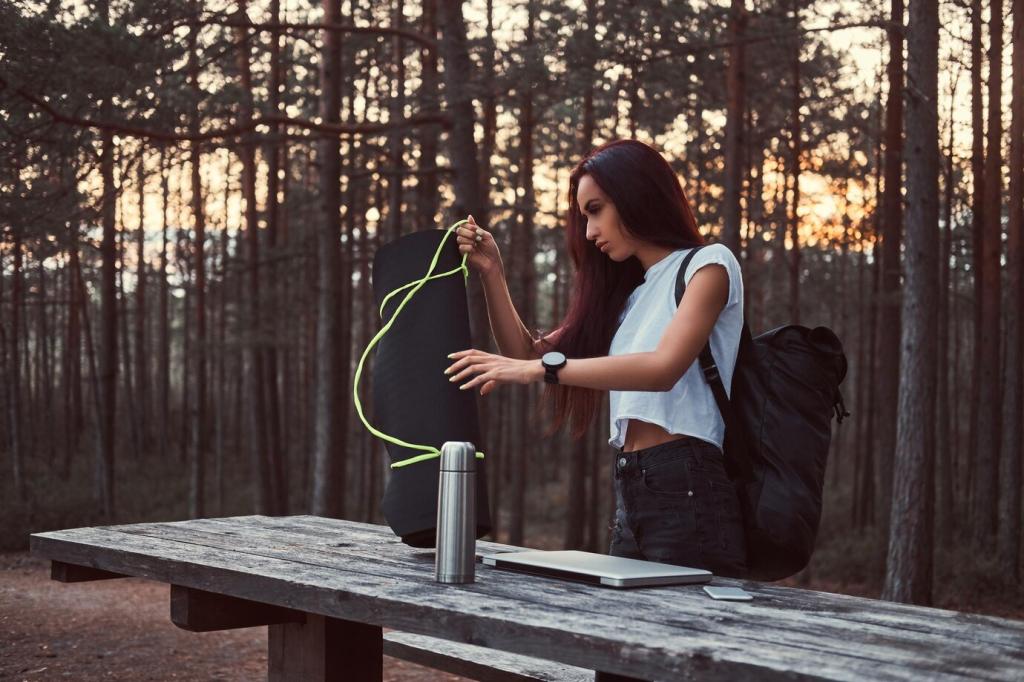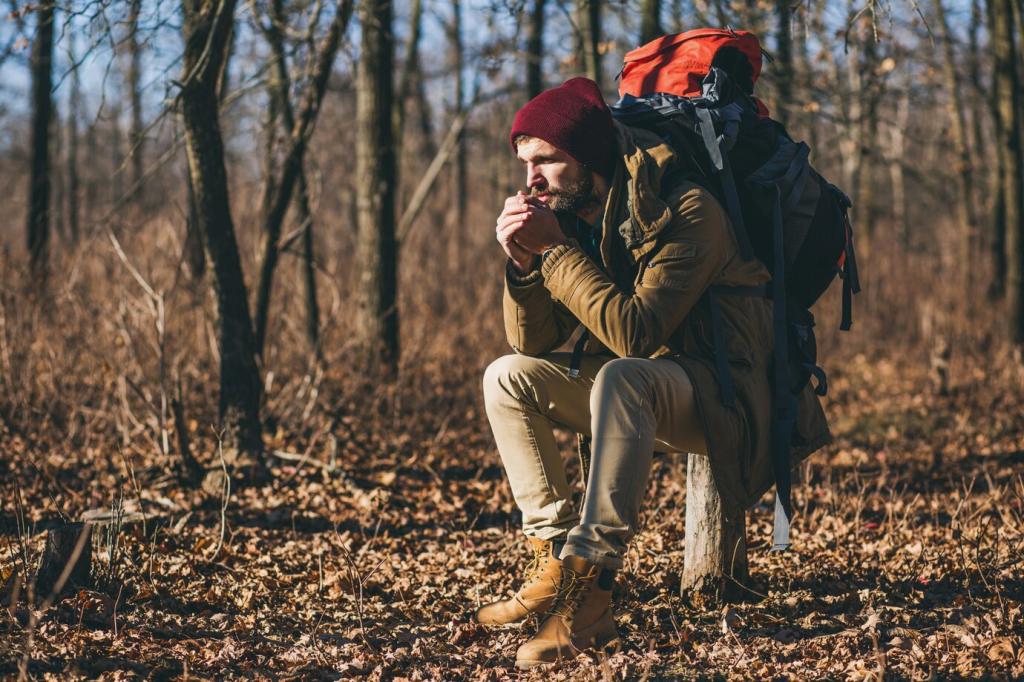Reading Mountain Weather and Making Go/No-Go Calls
Orographic lift, building cumulus before noon, and a rising wind at saddles signal instability. Thunderstorms often peak midafternoon—plan early starts and early exits. Check multiple forecasts and note trends across days. Share your local weather tell so others can learn your mountain’s language.
Reading Mountain Weather and Making Go/No-Go Calls
Stay ahead of chill: manage sweat, add layers before stops, and protect hands and head from wind. Eat and sip regularly to fuel warmth. Carry a lightweight emergency bivy. What layering system works for your solo pace? Leave a tip for the next reader and follow for more tests.

